Best Time to Visit Tanzania, Lets Plan your Trip Here!
Best Time to Visit Tanzania, Plan your journey to Tanzania during the dry seasons to enhance your experience! They generally function from June to October and from late December to February. These months provide the optimal conditions for observing animals.
The congregation of animals around water holes and the reduced density of the bush facilitates easier observation. The climate remains warm and arid, making it an ideal period for outdoor activities such as safari and trekking.
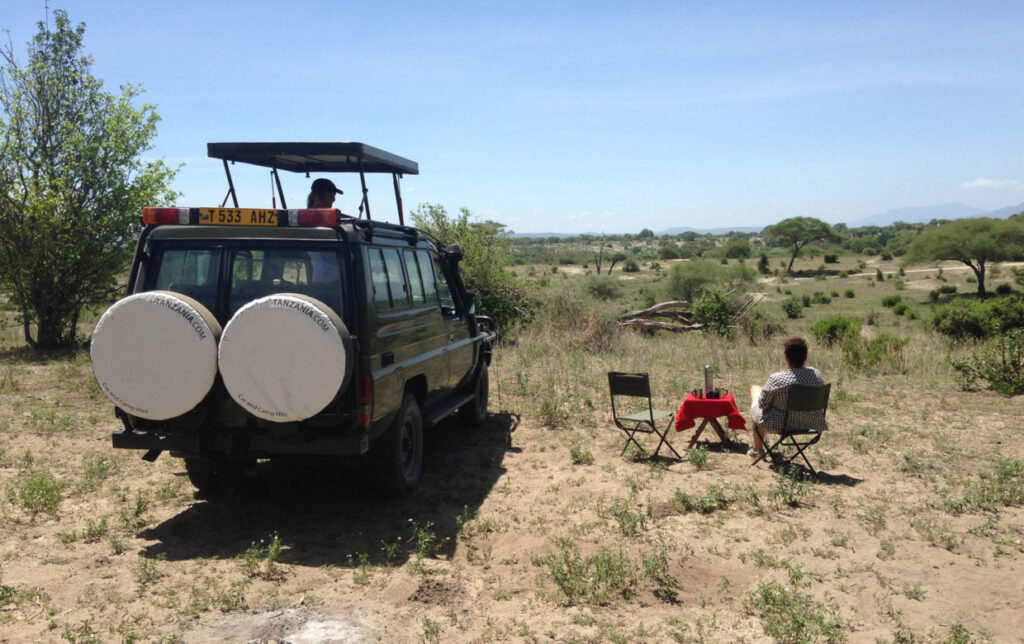
The Great Migration of wildebeest from May to July draws several travelers eager to witness this extraordinary event. Acquiring knowledge about Tanzania’s seasonal cycles and climate might enhance your vacation experience significantly. This comprehension will enhance your experience at this exhilarating destination!
Understanding the Seasons of Tanzania
The climate of Tanzania is marked by alternating dry and wet seasons, significantly altering the vacation experience. The extended arid season, spanning from June to October, is recognized as the prime season for safaris. During these months, wildlife typically gathers around water sources, facilitating their visibility.
Favorable weather conditions and agreeable temperatures provide it an ideal opportunity to traverse the vast savannahs and observe diverse species. The primary wet season often transpires from March to May. Intense rainfall can render roadways exceedingly muddy, so rendering travel perilous.
This season offers a tranquil environment, ideal for guests seeking picturesque, more isolated locales. Climate is a crucial factor to consider when planning travel, particularly foreign journeys. The dry season amplifies the possibilities for exceptional wildlife viewing experiences tenfold.
It motivates many exploits such as ascending Mount Kilimanjaro, with the clear weather and delightfully cold temperatures creating optimal circumstances. The wet season, however less favored, highlights Tanzania’s verdant landscapes and dynamic ecosystems, attracting travelers who value the tranquility and splendor of nature during this period.
Significant wildlife migratory events, such as the Great migratory, occur year-round but are predominantly active during the dry season. Witness the wildebeest calving in the Serengeti during January and February. Subsequently, prepare for the remarkable Mara River crossings in August/September.
October and November are regarded as the shoulder season, characterized by mild weather and reduced tourist traffic. This era is a treasure of significant worth and exceptional animal observation opportunities!
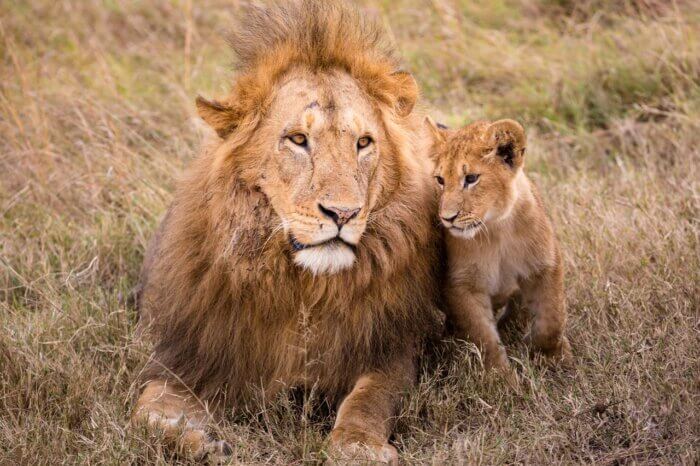
Best Times for Wildlife Experiences
Tanzania offers exceptional wildlife possibilities throughout the year, particularly during the safari season in the northern parks, which significantly enhances guests’ chances of optimal wildlife sights and experiences.
The Timeline of the Great Migration
The Great Migration, the greatest extraordinary movement of herbivores ever observed on Earth, occurs between July and October. Currently, the parks in the northern circuit, such as Serengeti, are the optimal locations for observing wildebeests. You will have the opportunity to observe top predators, like leopards and lions.
In the southern and western circuit parks, optimal wildlife activity transpires from June to October. Imposing elephants and formidable buffalo are but a few of the notable features during this period!
January and February are particularly crucial for the calving season, providing the chance to observe newborn wildebeests in the Serengeti.
Monthly Bird Watching Opportunities
Birdwatching aficionados will be delighted to discover that the peak birding season commences in December. Familiar migratory species arrive from the north, adorning the skies with vibrant hues and melodies. This month is a great period for seeing them!
Explore locations like Lake Manyara and Tarangire National Park, where marshes, grasslands, and forests provide a hospitable habitat for avian species.
Distinctive Experiences Across Various Regions
Tanzania is an expansive nation characterized by varied landscapes and ecosystems. The arid season, from June to October, is optimal for game drives, as clearer skies facilitate wildlife observation.
April and May herald the commencement of the “green season.” Vibrant landscapes teem with vitality; but, frequent heavy rain can obstruct your plans.
Between October and March, the magnificent whale shark migrates by Mafia Island, offering a distinctive marine animal encounter.
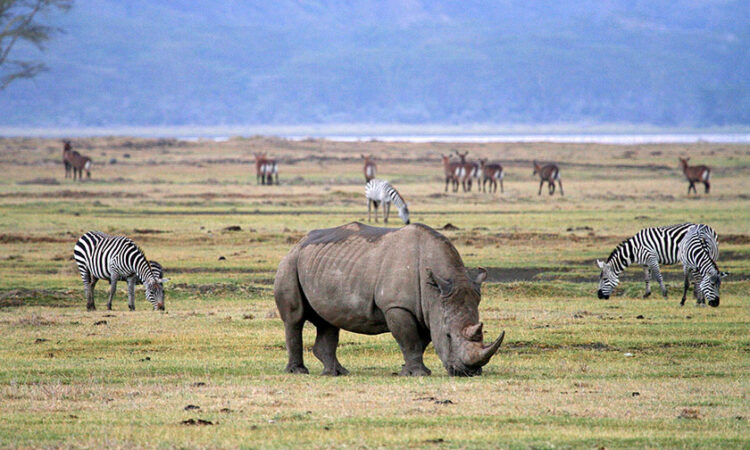
Monthly Travel Guide
Regardless of the timing of your visit, Tanzania, particularly its northern parks, guarantees a distinct yet equally remarkable experience. Understanding the nuances of each month will assist you in planning the optimal safari expedition! Our monthly travel guide offers information on optimal times for animal observation and exceptional safari experiences.
Highlights from January to March
The initial months of the year coincide with the wildebeest calving season. During that short interval, around five hundred thousand calves are born throughout the Serengeti. The months of January and February this season are optimal for experiencing the exquisite and sensitive aspects of nature.
Travelers will experience sunny, pleasant days with opportunities to enjoy a lush, verdant landscape that emerges following the anticipated rains.
Insights from April to June
The period from April to June signifies the rainy season, transforming the island into a verdant landscape. Precipitation may hinder travel, although it results in fewer congested attractions. This is indeed the optimal moment to appreciate the stunning natural scenery.
By late May, the weather begins to improve, establishing circumstances that transition into the dry season.
Adventures from July to September
During the dry season from June to October, animal observation is optimal. July and August represent the zenith of the wildebeest migration. The optimal period for travelers to witness amazing river crossings in the Serengeti has arrived.
September is the preferred month for enthusiastic trekkers aiming to ascend Kilimanjaro. It draws individuals eager to observe the substantial elephant populations in Tarangire National Park.
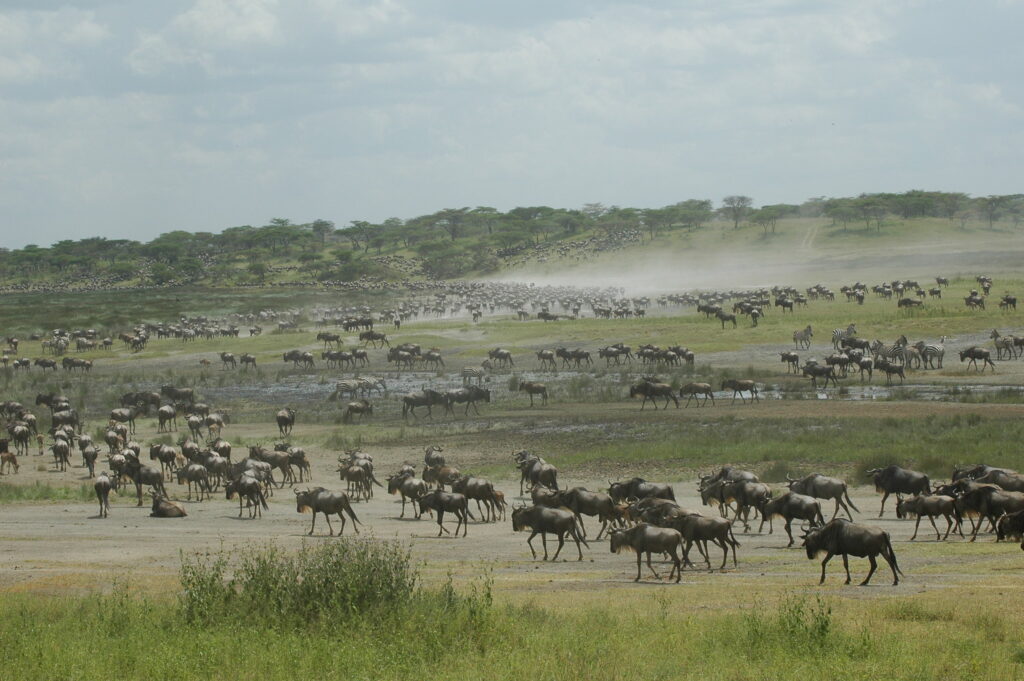
Overview from October to December
In October, the arid season transitions to the rainy season. The initial precipitation generally occurs during the final week of September. This season offers an exceptional safari experience, especially in November when tourist numbers are at their minimum.
By December, the coastal regions are prepared to receive tourists to their picturesque beaches, owing to the temperate climate and favorable sea conditions.
Advantages and Disadvantages of Each Season
The benefits and drawbacks of each season in Tanzania are essential for organizing an unforgettable safari. Comprehending the climate significantly impacts wildlife observations and accessibility, rendering it crucial to account for weather trends while planning your optimal safari in the varied terrain of northern Tanzania.
1. Benefits of Traveling in the Dry Season
The arid season, generally occurring from June to October, presents many benefits. Wildlife becomes increasingly conspicuous as animals congregate around limited water sources. This season is renowned for unparalleled game viewing in the Serengeti and Ngorongoro Crater.
Consequently, one can observe numerous large herds of wildebeest and elephants. The weather is warm, bright, and arid. Reduced humidity and minimal precipitation enhance the enjoyment of outdoor activities like hiking and safari trips.,
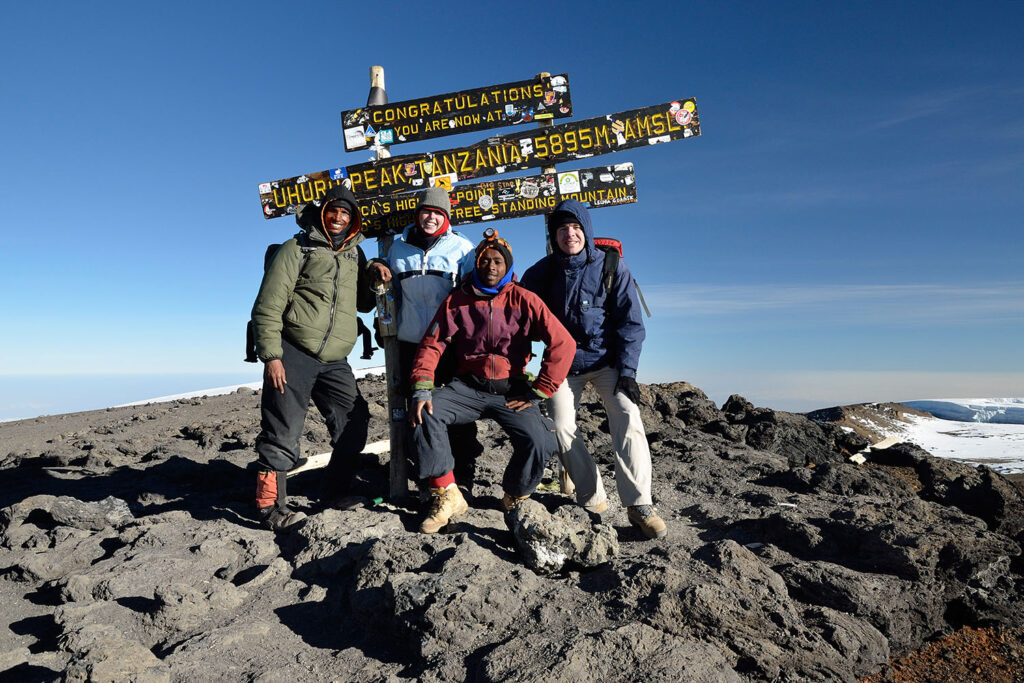
2. Drawbacks of the Arid Season
The dry season, although favored for a Tanzania safari, presents many drawbacks. Overcrowded national parks in northern Tanzania result in elevated lodging prices, complicating reservation efforts for guests and prolonging wait times at renowned sites.
3. Advantages of Visiting During the Rainy Season
Conversely, there are significant benefits to traveling during the wet season—November through May. The rains render the landscape vibrantly green, enhancing the inherent beauty of the scenery.
Ornithologists particularly cherish this season as millions of migratory species come to Tanzania, creating an extraordinary avian experience. Moreover, a reduced number of tourists will afford a more intimate engagement with nature.
4. Disadvantages of the Wet Season
The rainy season has its disadvantages. Intense rainfall poses a significant challenge for travelers, with many roads entirely unusable.
Wildlife observation becomes more challenging as animals disperse in search of shelter from the rainfall. This conduct is ultimately diminishing the allure of the safari experience.
Guidelines for Trip Planning
To determine the optimal time for a Tanzania safari, it is essential to consider several critical elements, including seasonal variations and health safety protocols. By evaluating optimal weather conditions, you can enhance your safari experiences and guarantee a secure and enjoyable journey.
1. Considerations for Peak, Intermediate, and Off-Peak Seasons
Tanzania’s tourism seasons can be categorized into three distinct periods: high, mid, and low. The peak season, spanning from June to October, is optimal for a Tanzania safari, particularly due to the occurrence of the Great Migration in Serengeti National Park. This season provides remarkable wildlife observations and highlights the varied terrain of northern Tanzania.
In the low season, from March to May, substantial rainfall may render certain areas difficult to navigate, adversely affecting your safari experience. The transitional season, from November to just prior to Christmas, offers an optimal blend of experiences, facilitating excellent wildlife encounters in northern parks with reduced people and agreeable temperatures.
Selecting your journey dates in accordance with these seasonal transitions can guarantee an exceptional month of exploration and indelible safari encounters in the African wilderness.
2. Regulating Tourist Influx and Expenditures
Traveling during the shoulder seasons effectively avoids crowds and elevated costs. Visiting in late November or early December significantly enhances the overall experience.
You will evade the throngs of visitors in popular national parks like Ngorongoro Crater. Many lodges and safari firms provide discounts during certain months, resulting in more economical options without compromising quality.
3. Seasonal Health and Safety Precautions
Precautionary actions vary according to the season. In arid months, mosquito numbers diminish, resulting in a reduced risk of malaria. The rainy season witnesses a significant increase in incidence of waterborne illnesses.
Consulting a healthcare professional regarding the necessary vaccines and preventive measures, particularly in relation to your travel plans, is advisable.
Seasonal Activity Highlights
Tanzania offers a wealth of experiences, profoundly shaped by the country’s distinctive seasonal patterns, rendering it an ideal location for a safari. Seasonal highlights enrich your experience regardless of the activity you engage in, from exhilarating wildlife excursions to tranquil days by the sea.
1. Best time for Safaris and Outdoor Excursions
The arid season, from late June to October, is optimal for safaris and outdoor excursions. During the dry season, the congregation of game animals around diminishing water sources facilitates enhanced and more gratifying wildlife observation.
The Serengeti’s Great Migration culminates in July, as wildebeest and zebras traverse the grasslands. Despite the warmth of the days, the evenings are cold, establishing an ideal environment for exploration and safari.
Tarangire National Park, renowned for housing one of the greatest elephant populations in Africa, is especially productive during this period.
2. Cultural Festivals and Events to Attend
The vibrant culture of Tanzania is most effectively encountered through its several annual celebrations. The Ngorongoro Crater Festival in March serves as a cultural exchange that venerates and showcases local traditions through music, dance, and art.
A significant feature is the Zanzibar International Film Festival, held monthly in July, which is a groundbreaking event in the region that honors local cinema and exceptional creative talent.
Attending these festivals offers a distinctive opportunity to understand local customs and fosters stronger ties with the community, enhancing the trip experience.
3. Coastal Excursions and Maritime Pursuits
The coastal region, particularly Zanzibar, presents some of the most exquisite beaches globally, perfect for leisurely relaxation.
The optimal period for beach enthusiasts is from December to March. During this period, anticipate clear sky and calm waters!
Abundant snorkeling and diving opportunities exist on the coral reefs of the Virgin Islands, rich in marine biodiversity. Nungwi and Kendwa beaches are particularly famous for their breathtaking sunsets and vibrant nightlife.
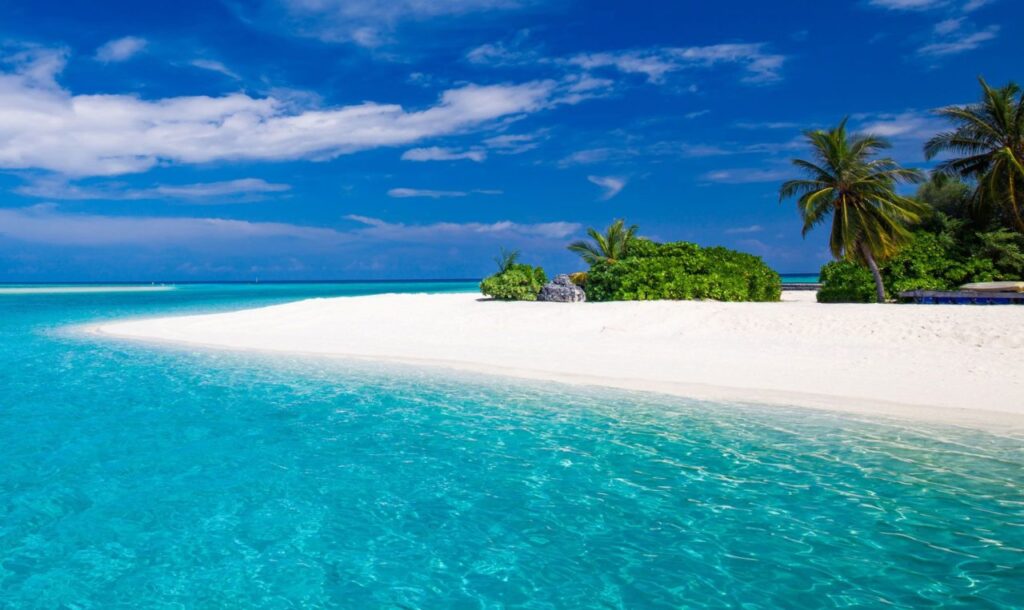
Frequently Asked Questions
What is the best time for wildlife viewing in Tanzania?
The best time for animal watching in Tanzania is the dry season, spanning from June to October, which aligns with the renowned Tanzanian safari experience. During this time, animals congregate near water sources in the northern parks, improving wildlife observations.
What is the duration of the rainy season in Tanzania?
Traveling in Tanzania during the rainy seasons, especially from March to May, poses difficulties due to muddy roads, rendering it less suitable for a safari in the varied terrain of northern Tanzania.
Which months are best for hiking Mount Kilimanjaro?
The optimal months for ascending Mount Kilimanjaro provide clear skies and mild weather, guaranteeing a pleasurable expedition in this ideal locale for adventure enthusiasts.
Is it advisable to travel to Tanzania during the rainy season?
Is it advisable to travel to Tanzania during the rainy season? Flooding on certain highways renders them impassable, therefore wildlife observations may become more difficult during this time.
What activities are available for enjoyment during the dry season?
In Tanzania’s dry season, one can engage in remarkable wildlife safaris, enjoy beach relaxation on Zanzibar, and walk through national parks. This month is not just the peak season for travelers but also provides exceptional safari experiences and stunning wildlife observations.
Are there famous festivals in Tanzania that merit attendance?
Affirmative! The Ngorongoro Crater Festival in September and the Great Serengeti Migration in June are both remarkable events to witness during a Tanzania safari. Each provides a unique opportunity to engage with Tanzanian culture and exquisite wildlife.
What are the best strategies for efficiently planning my vacation to Tanzania?
What is the optimal method for planning my vacation to Tanzania? Optimize your journey by selecting the optimal weather during the northern parks’ safari season, securing accommodations in advance, and even engaging a Tanzanian guide for an enriched experience.

